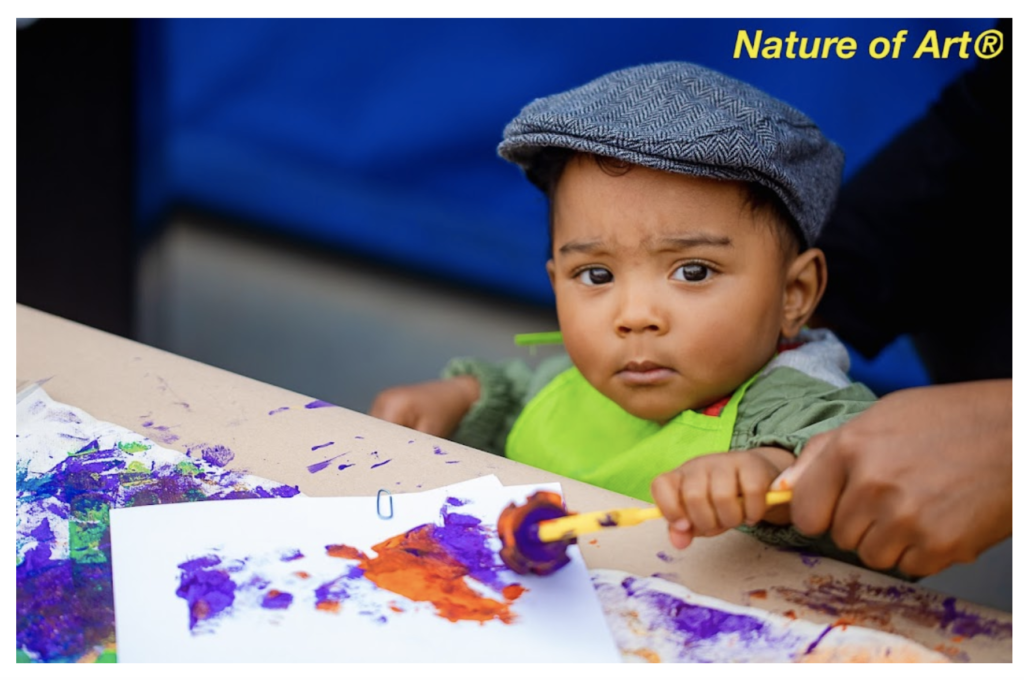
Understanding Process Art
In this blog, I want to help you understand what Process Based Art means when teaching art to children. It can be confusing for parents and teachers to know exactly what process art entails and how to identify if they’re not offering process art experiences. Discovery and experimentation are key to process art making for toddler and early childhood kids. Their learning and development of problem solving skills come from spending time making process art.
It boils down to two things:
- Should children complete their art projects with something pretty and presentable to show for their time spent on the project?
Or
- Should kids dedicate time to creating and learning through exploration and mistakes, possibly leading to aesthetically pleasing artworks?
Over the last 30 years, I have closely observed this process in my art classes. I have witnessed how children become more creative, generating new ideas from their own imaginations. From this, I’ve learned process art is a healthier way to support a creative child!
What process-based art activities look like:
Ok, there are light introductory instructions on how mediums work or can be used. Or, various samples demonstrate how mediums might turn out or different. Children are encourage to explore their own unique techniques and assured that there is no wrong way to use mediums. Children understand that exploration is positive, and they can be unique or original in whatever they attempt to create. The time for creating is timeless, allowing them to revisit the same project or explore ideas from previous art sessions. This is what process art experiences look like!
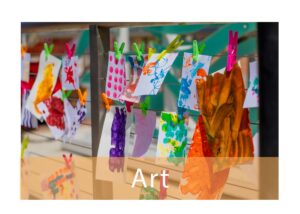
Not Process-Based Art:
Now, let’s examine what it means to hinder kids from having process art experiences. You provide instructions that the child must follow step-by-step, with no freedom to create away from these instructions. There is a wrong or right way to be done. The goal being to complete the art project correctly by following examples. If the child’s finished art differs from the samples, they may be told it’s incorrect or that they didn’t follow directions.
Non process-based teacher actions
If you feel compelled to correct or guide the child to make their art resemble the example. Discourage the child from being unique and finding their own way to complete the art project. If you deter the child from exploring different mediums and restrict them to using only the technique you introduced.
In this blog, I have shared with you what Process Art means when teaching art to young children. I hope this provides you with understanding and clarity. If you would like to delve deeper into supporting and teaching process-based art, I invite you to explore my books and join my art newsletter. I regularly discuss these topics to provide ongoing insights and inspiration.
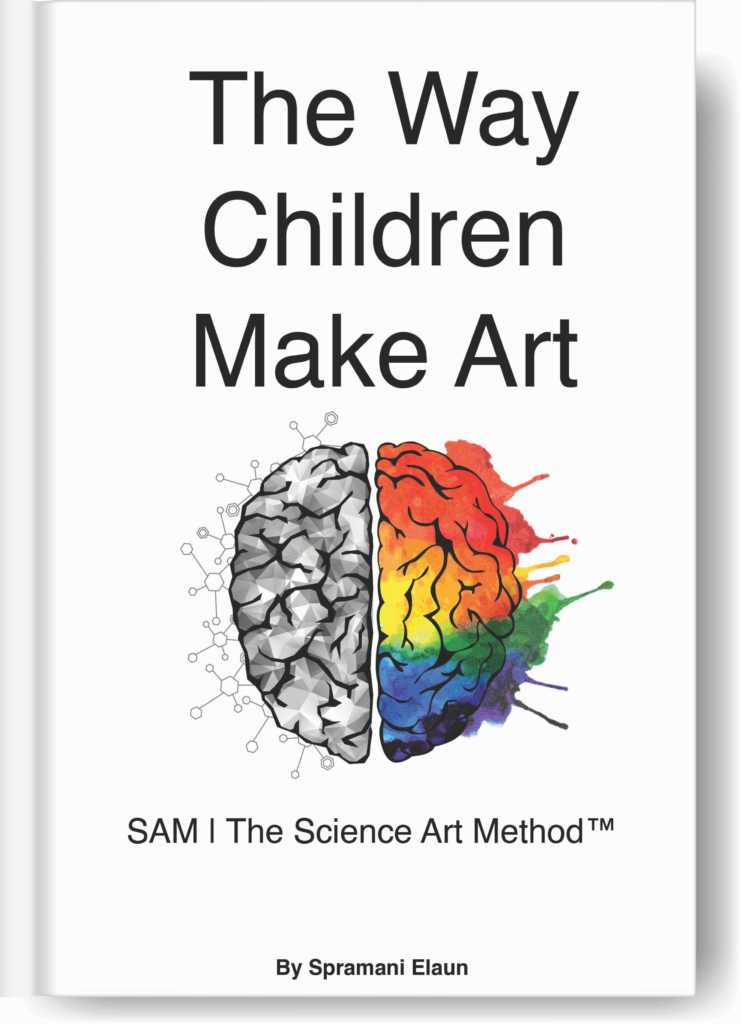
Buy my proceSs-based art method book HERE
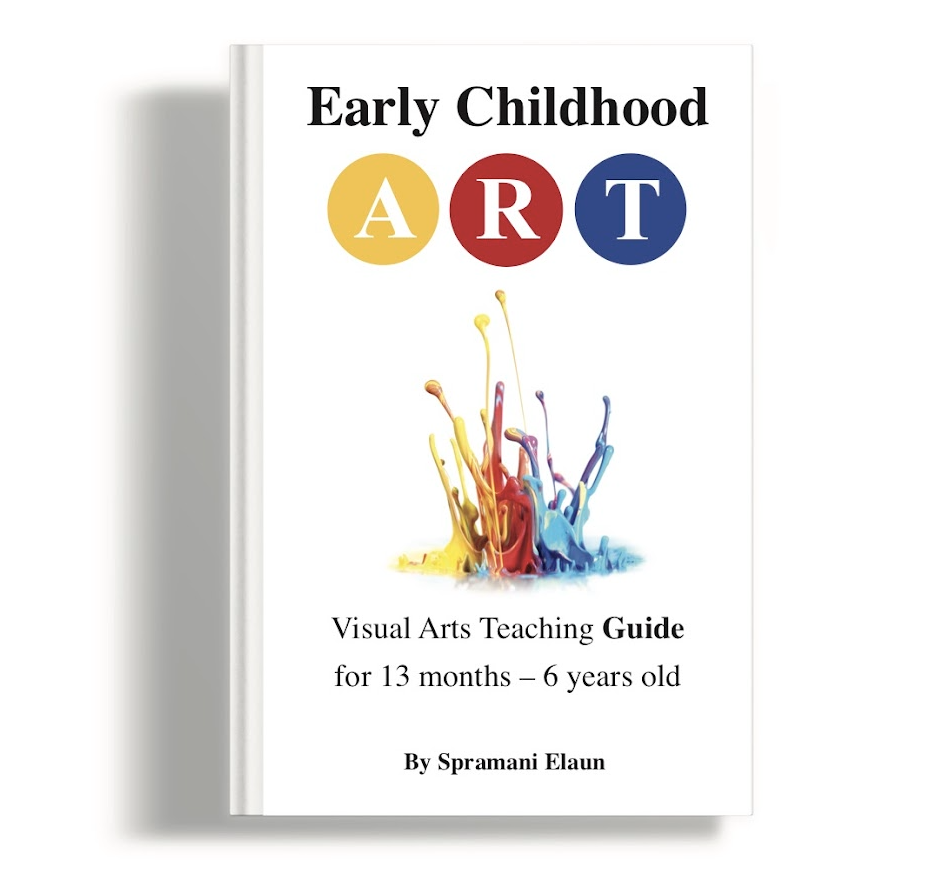
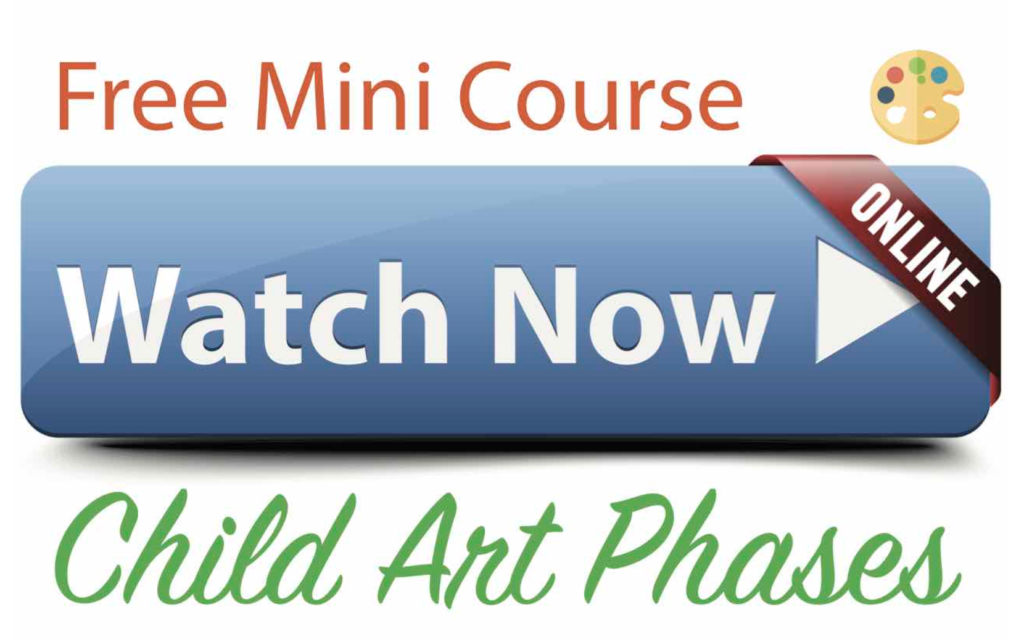
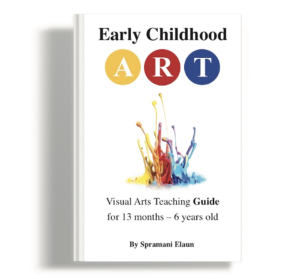
All rights reserved © 2025, Nature of Art®

No part of this blog may be used or be reproduced in any manner whatsoever including reproducing, publishing, performing, and making any adaptions of the work – including translation into another foreign language without written permission except in the case of brief quotations embodied in critical articles and reviews. Nature of Art® Publishing P.O. Box 443 Solana Beach, California 92075.



Recent Comments
[…] Click Blog | Process Art Making For Kids […]
Comments are closed.